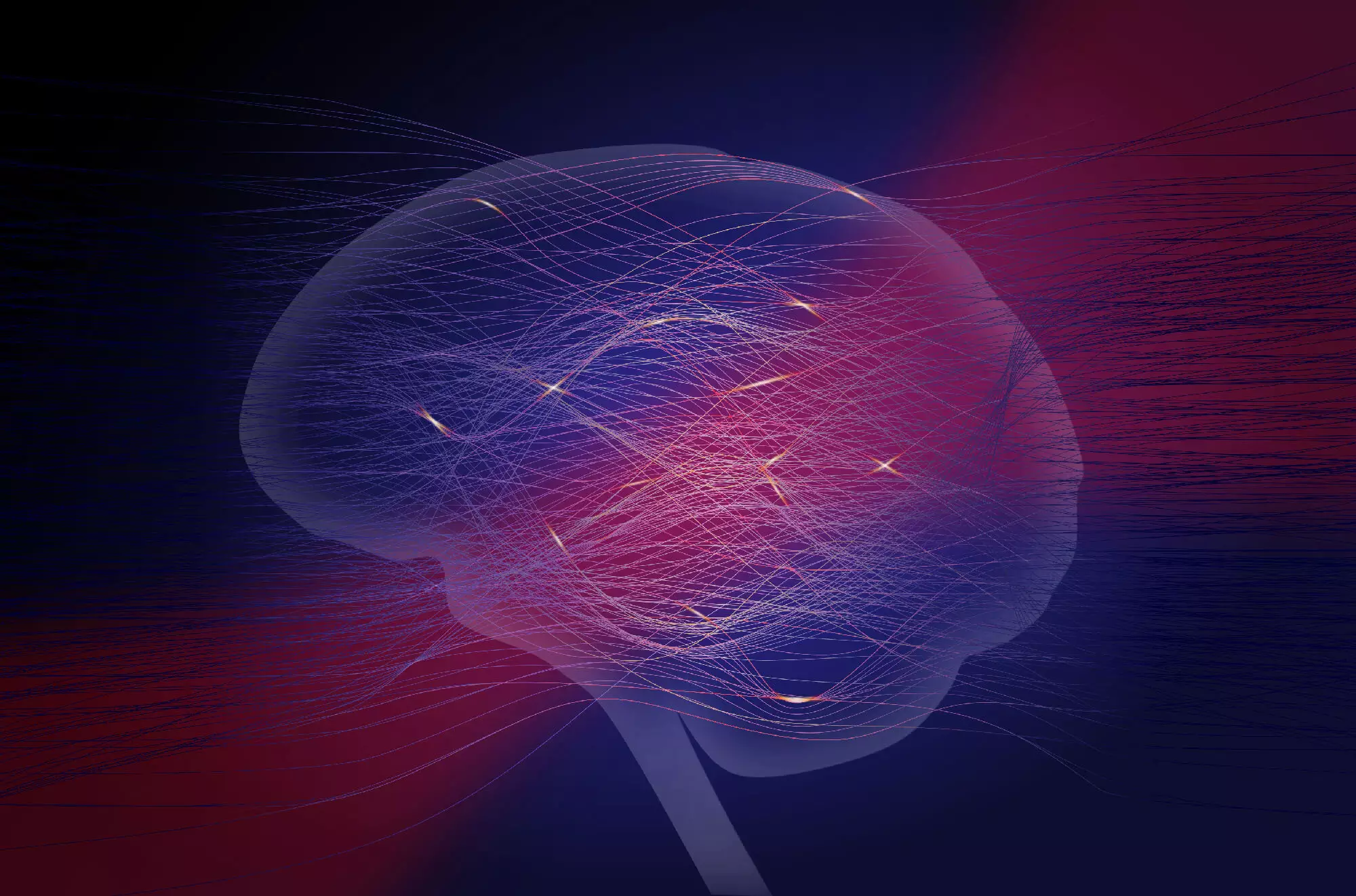The field of machine learning and artificial intelligence has been rapidly growing, leading to more complex neural networks with billions of parameters. However, this growth has raised concerns about the sustainability of these technologies due to their high energy consumption and training times. In a recent publication in Nature Physics, researchers from the Max Planck Institute for the Science of Light have proposed a new method for implementing neural networks using an optical system, aiming to make machine learning more sustainable in the future.
As neural networks continue to expand in size and complexity, the energy consumption required for training them has also been increasing exponentially. For example, training models like GPT-3 can consume more than 1,000 MWh of energy, equivalent to the daily energy consumption of a small town. This unsustainable trend has driven the need for more efficient alternatives, leading to the development of neuromorphic computing.
Optics and photonics offer a promising platform for neuromorphic computing due to their low energy consumption and ability to perform computations in parallel at high speeds limited only by the speed of light. However, two main challenges have hindered the implementation of physical neural networks using optics: the high laser powers required for complex mathematical computations and the lack of an efficient training method.
Clara Wanjura and Florian Marquardt from the Max Planck Institute for the Science of Light have introduced a novel method that addresses these challenges. Instead of imprinting the data input on the light field, as traditionally done, the researchers propose to imprint the input by changing the light transmission. This approach allows for arbitrary processing of the input signal without the need for complex physical interactions that would require high-power light fields.
With this new method, evaluating and training the physical neural network becomes straightforward. By simply sending light through the system and observing the transmitted light, the output of the network can be evaluated. Additionally, all relevant information for training can be measured simultaneously, making the training process more efficient and accessible.
The researchers demonstrated through simulations that their approach can achieve the same accuracy in image classification tasks as digital neural networks. Moving forward, they plan to collaborate with experimental groups to explore the practical implementation of their method across different systems. By relaxing the experimental requirements, their proposal opens up new opportunities for neuromorphic devices and allows for physical training on a broader range of platforms.


Leave a Reply